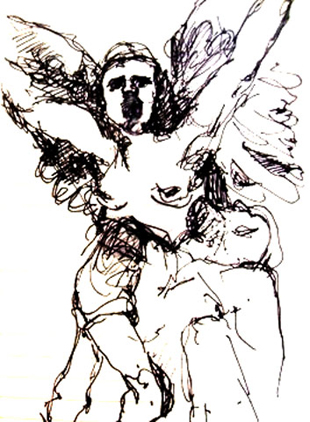BETWEEN THE LINES: READING CRITICALLY A TEXTBOOK
Keywords:
Língua Estrangeira, Textbook, Leitura CríticaAbstract
In the post-modern society, information and communication have been the dominant agents to the change of social paradigms. Pace and fluidity of ideas and knowledge are responsible for society’s structure in the digital era. Speaking english has become indispensable for those who want to get knowledge, understood as a means of acting in society. The school, inserted in so many changes, has rethought its conception of education and knowledge. More specifically in terms of the english language, one has attempted to prepare a student whose communicative competence makes it possible for her/him to communicate using the four language skills, which are reading, writing, listening and speaking. We understand that reading and interpreting the surrounding world has a direct relation to the construction of sense, understood as a complex net of representations of reality. From this perspective, lays the importance of preparing a student who, besides producing and reading utterances in the english language, is able to take part, in an active way, of the construction, evaluation and negotiation of the world conceptions through her/his critical interaction with the text. At cefet, we have aimed at developing, in the high school level, a work which triggers the student’s critical position, helping her/him in her/his researches and orienting her/him in the results interpretation.
Downloads
Downloads
Published
How to Cite
Issue
Section
License
Creative Copyright Notice
Policy for Free Access Journals
Authors who publish in this journal agree to the following terms:
1. Authors keep the copyright and grant the journal the right of first publication, with the work simultaneously licensed under the Creative Commons Attribution License, which allows sharing the trial with acknowledgment of authorship and initial publication in this journal.
2. Authors are authorized to take additional contracts separately, for non-exclusive distribution of the work version, published in this journal (eg publish in institutional repository or as a book chapter), with acknowledgment of authorship and initial publication in this journal.
3. Authors are allowed and encouraged to publish and distribute their work online (eg in institutional repositories or on their personal page) at any point before or during the editorial process, as this can generate productive changes, as well as increase both impact and citation of the published trial (See The Effect of Free Access).
Creative Commons License
This work is licensed under a Creative Commons Attribution–NonCommercial-shareaswell 4.0 International License, which allows you to share, copy, distribute, display, reproduce, completely or part of the work, since there is no commercial purpose, and authors and source are cited.



